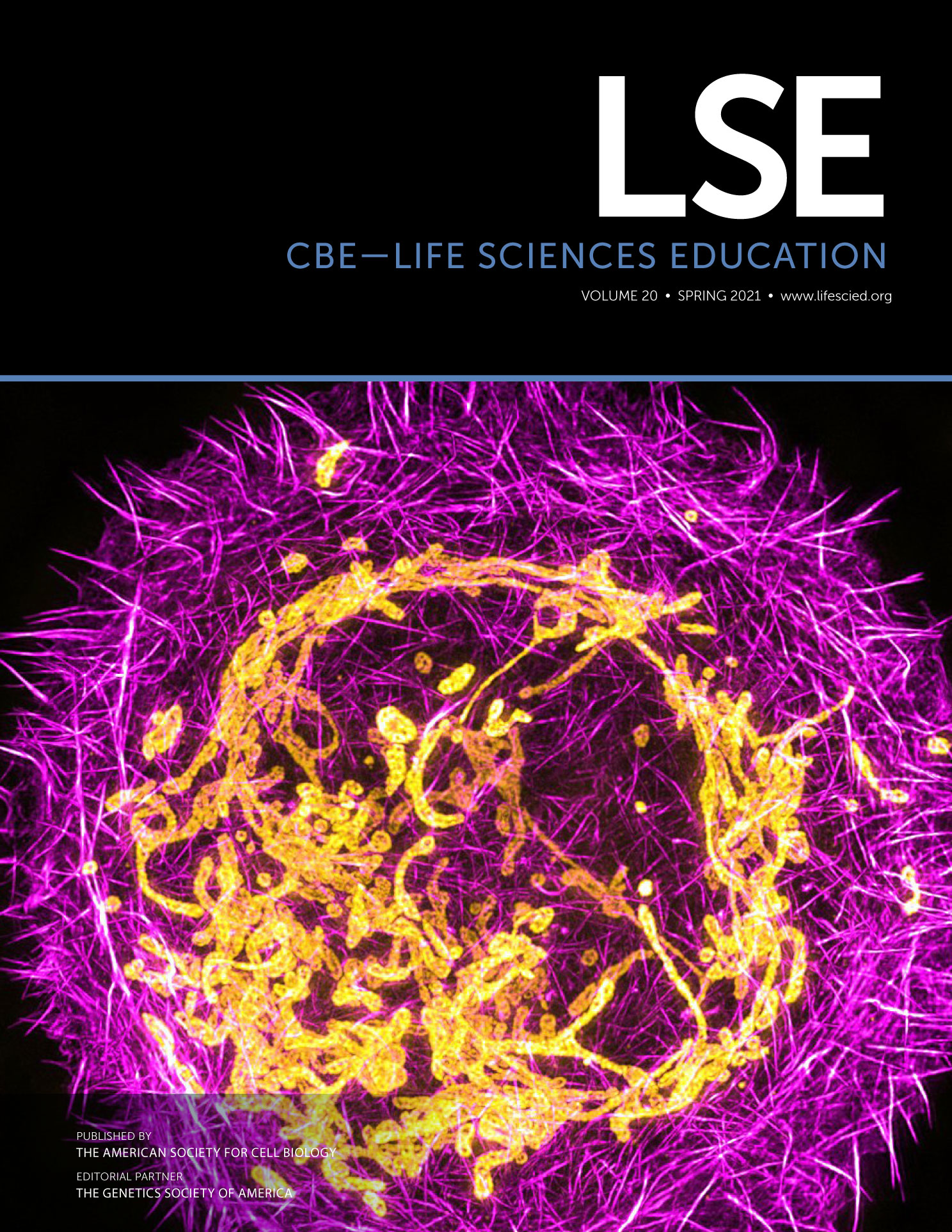Comparison of Cluster Analysis Methodologies for Characterization of Classroom Observation Protocol for Undergraduate STEM (COPUS) Data
Abstract
The Classroom Observation Protocol for Undergraduate STEM (COPUS) provides descriptive feedback to instructors by capturing student and instructor behaviors occurring in the classroom. Due to the increasing prevalence of COPUS data collection, it is important to recognize how researchers determine whether groups of courses or instructors have unique classroom characteristics. One approach uses cluster analysis, highlighted by a recently developed tool, the COPUS Analyzer, that enables the characterization of COPUS data into one of seven clusters representing three groups of instructional styles (didactic, interactive, and student centered). Here, we examine a novel 250 course data set and present evidence that a predictive cluster analysis tool may not be appropriate for analyzing COPUS data. We perform a de novo cluster analysis and compare results with the COPUS Analyzer output and identify several contrasting outcomes regarding course characterizations. Additionally, we present two ensemble clustering algorithms: 1) k-means and 2) partitioning around medoids. Both ensemble algorithms categorize our classroom observation data into one of two clusters: traditional lecture or active learning. Finally, we discuss implications of these findings for education research studies that leverage COPUS data.



